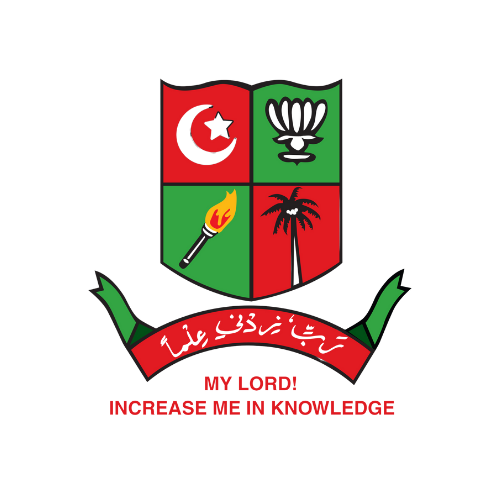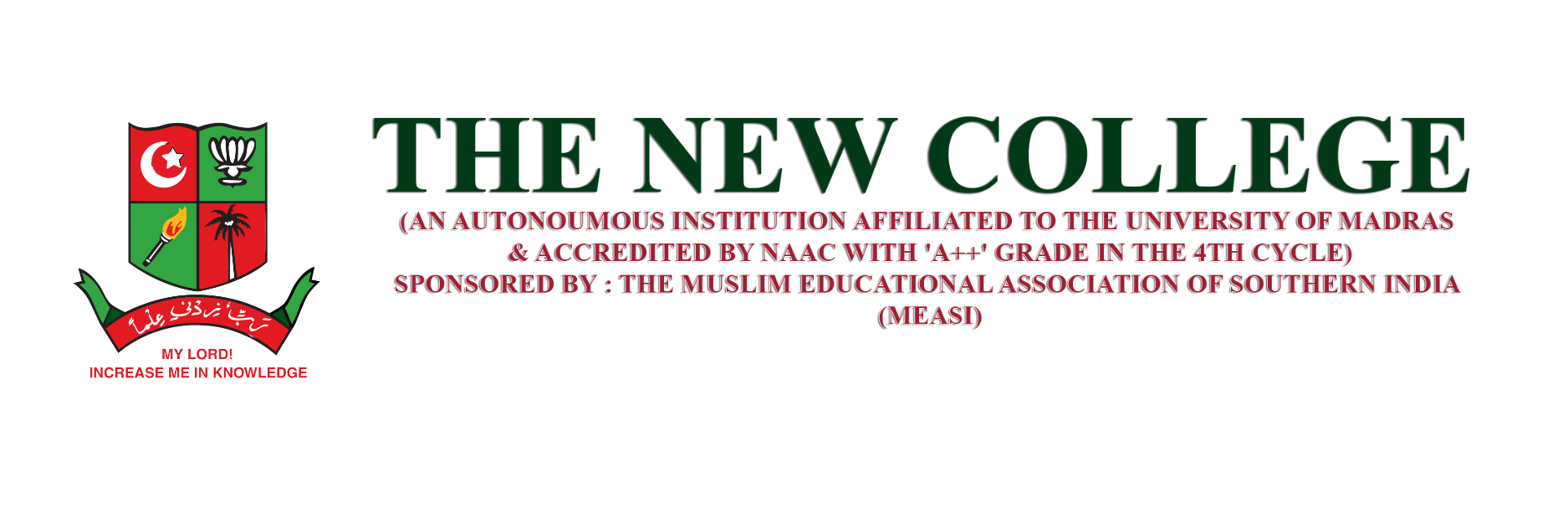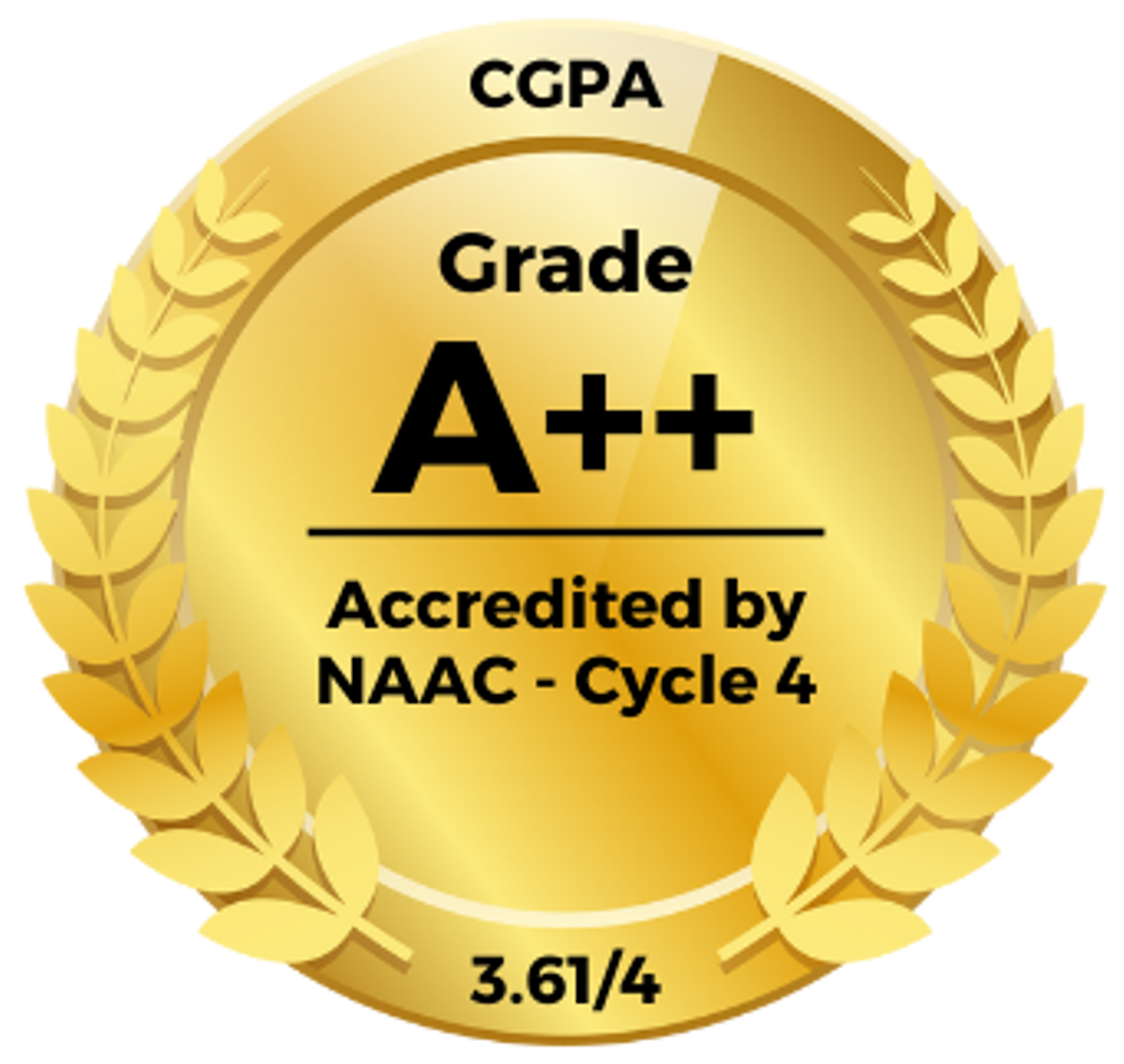What is Red Ribbon?
A global symbol created in1991 in New York.
Solidarity with people living with HIV and AIDS & aimed at uniting the people in the common fight against the disease.
HIV/AIDS Youth Scenario
10 Million youth (aged 15-24) worldwide are living with HIV.
New Infections / day: 6,000 youths In India: 15-29 years aged people- 31% of the AIDS burden.
In view of this, MOHFW, Govt. of India has proposed to establish a network with Universities and educational institutions.
In Delhi (ICTC data): prevalence of HIV Infection in 15-25 years age group is 1.94%.
Rationale behind focusing Youth
Sexual curiosity and risky behavior.
Limited access to correct information.
Formal Education Institutes are generally silent on psycho-social aspects of physical growth and sexuality leading to mystification and secrecy around sex.
The epidemic among the youth remains largely invisible.
The youth are economically dependent and socially inexperienced and generally have less access to health care than adults.
Youth are the potential change agents who can protect themselves from the lurking of AIDS as well as be ambassadors in the fight against HIV & AIDS in particular.
Role of the Red Ribbon Club
Educate youth with correct, concise and adequate information and heighten their level of awareness about HIV/AIDS/STI/sexuality and other related issues (thus eliminate myths and misconceptions).
Enable youth, especially the female students, to identify and understand situations of exploitation and abuse.
Sensitize the youth regarding care and support needs of PLWHA and instill in them the spirit of helping and supporting the people living with HIV & AIDS (PLWHA) and reduce the stigma and discrimination against them.
Increase youths’ access to health care services related to STI / HIV/AIDS/drug use.
Create linkages between youth and governmental, non - governmental agencies and CBOs to access safer and responsible healthy behavior.
Organize and facilitate voluntary blood donation camps and mobilize the youth for voluntary blood donation.
Create among the youth a cadre of peer educators for seeking and encouraging positive health behavior as well as ensuring sustainability of the club.
Key Areas of RRC
Vibrancy of Youth: Tap the vibrancy of Youth and channelizing the energy of the youth in a positive direction.
Sex & Sexuality, HIV/AIDS & STI: Provide access to correct information on sexuality, HIV/AIDS, STI and other youth related issues in an enabling environment to promote healthy life styles.
Peer Education: Develop a cadre of Peer Educators among youth.
Voluntary Blood Donation: Promote voluntary non-remunerated blood donation.
Coverage of the Scheme
Targets youths in group 5-29 years.
Cover all educational institutions like Universities, Colleges, Polytechnics and institutions.
Priority in the North, North-East, East and central Districts of Delhi.
Outcomes of the programme
Number of youths aware of at least 3 correct modes of transmission and know at least 2 correct modes of HIV/AIDS prevention.
Number of PLWHAs involved in the programme to reduce stigma and discrimination.
Numbers of RRCs established.
Number of Peer educators trained.
Number of other youths sensitized by peer educators regarding HIV/AIDS.
Number of units of blood collected through voluntary blood donation
Formation of RRC
Structure at District level
Regional Coordinator for supervising Program Officers of institutions. Numbers of RRCs established.
Structure at Institutional level
Programme Officer (NSS )
Student leaders
Steps of making a Red Ribbon Club
An orientation workshop at the institution will be organized whereby the head of the institution and relevant officials/ teachers and student groups/leaders will be oriented on the RRC scheme.
The workshop will conclude with the inauguration of RRC. The local VIPs may be invited and the inauguration will be presided over by the Head of the Institution.
Pamphlets, brochures and related IEC material will be distributed before and during inauguration of RRC Screening of HIV & AIDS, blood donation related films etc. will be undertaken during the orientation and inauguration on RRC.
Youth to be motivated for voluntary enrolment in RRC
Names of the youths should be entered in the Membership Register.
Formation of Advisory Committee of RRC At College Level
Patron : Vice - Chancellor, Director Higher & Technical Education
Chairperson : Principal/ Head of the Institute.
Convener : NSS Programme Officer.
Joint Convener : Student representatives from RRC (2 )- elected.
Members : Regional Coordinator, Finance officer of the RRC and two student volunteers
The Committee shall have a total of 10 (ten) members representing active members of teaching faculty and students.
RRC tenure will follow the educational session of the institution/University.
RRC’s activities at Institutional or higher level should not clash with or affect the educational programme and/or schedule of the Institution.
The strength of the club can vary from 10 to 500 voluntary members. One time grant of Rs.2500 to Institution to form RRC.
Roles and Responsibilities – DSACS
Facilitating communication with/at all levels regarding the formation and functioning of RRC in the State.
To be the focal point for RRC related activities at the State level.
Ensuring funds are allocated and disseminated for the programme.
Providing technical inputs in trainings and capacity building of the various cadres involved in RRC.
Developing and providing youth friendly IEC/BCC material to RCs/ FOs for RRC.
Ensuring publicity of RRC through Mass Media by SACS newsletter, website.
Including RRC activities in IEC and annual work plan of the State.
Identify and develop inter-sectoral linkages at the State and University levels.
Inducting Regional Coordinators (RCs) for the RRC programme.
Monitoring the funds allocated for the RRC in the state.
Capacity building of the RRC officials i.e. RCs, and POs.
Macro level planning of the overall programme including planning of voluntary blood donation camps, organizing state level competitions and edutainment programmes.
Monitoring, supervision and reporting of the RRC programme.
Regional Coordinator : Roles and Responsibilities
Overall coordination, planning, implementation, supervision and management of RRCs in the university/ directorate in the allotted region.
Liaisoning with the positive networks and other government/non-government organizations in the region for facilitating the activities of the RRC.
Preparing a Directory for the RRCs in their areas.
Serving as resource person to impart technical knowledge on youth related issues to RRC members and peer educators by youth friendly methods.
Facilitating the supply of youth friendly IEC material to RRCs and supporting the development of new IEC material (plays, songs, posters, slogans etc.) along with RRC members and share with SACS.
HIGHLIGHTS OF THE DEPARTMENT
Offers B.A, M.A., M.Philand Ph.D in Arabic.
Highly qualified and experienced staff
Language Lab with provision to teach! learn functional Arabic
Bi-lingual translation techniques taught in all the three years
Remedial Arabic Seminars for improving language skills
Role of College Authorities
Active participation in the advisory committee at the respective level.
Facilitating infrastructure and other necessary support for the implementation of programme/events of RRC.
Designate the Faculty teacher cum NSS Coordinator as Programme Officer for RRC.
Mainstreaming of HIV & AIDS programme by including it in the University curriculum & programme.
Advocacy at the highest level to support the programme on self sustainable basis.
Encouraging the contribution of RRC members by highlighting it in college newsletter or other publications.
Role of NSS Programme Officers
The teacher at the Institution designated as NSS Programme Coordinator, MAY be given their responsibility of Programme Officer FOR RRC.
Where NSS is not available the head of such institution and advisory committee will be requested to designate one of the teachers as Programme Officer for RRC.
The PO will work closely with the RC to reach out to RRC members and other youth in the institution through RRC volunteers.
Role of Members
Gain in-depth knowledge about HIV/AIDS, Voluntary Blood Donation and related issues.
Mobilizing resources for the Club’s activities.
Producing innovative BCC materials - slogans, jingles, posters, logos, handbill messages, songs and plays, etc.
Actively participating in competitions and community outreach programs inside and outside the campus.
Orienting the new comers about the objectives and activities of the Club and contribute to the sustainability of the Club.
With developed life skills and leadership qualities, performing the role of peer educators to heighten the HIV/AIDS risk perception and instill negotiation skills among the youth Promoting VBD among the students and participate actively in blood donations.
Sensitizing the youth regarding the rights of PLHWAs.


